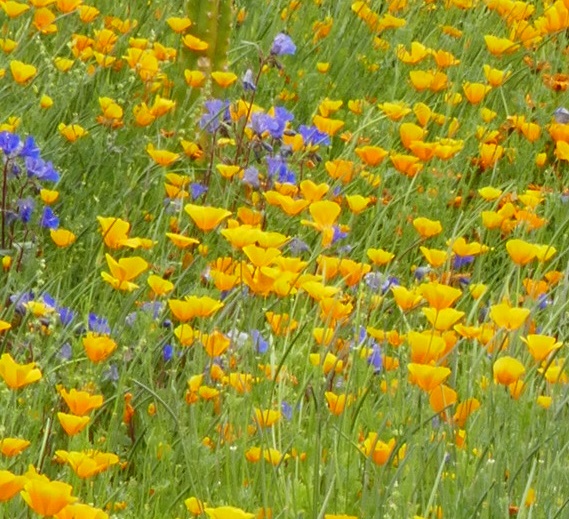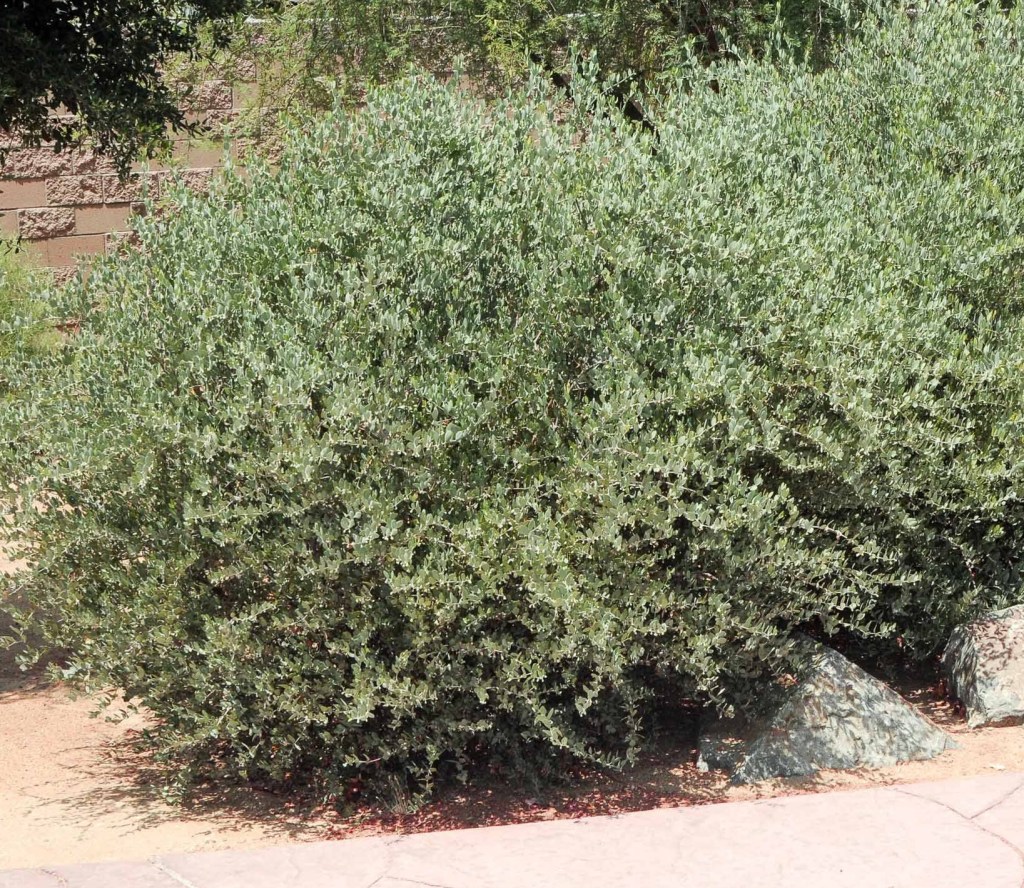Right now, the Arizona poppy in my favorite flower. It is painting the landscape in the Tuscon area in seas of orange.
The Arizona poppy (Kallstroemia grandiflora), is a striking wildflower native to the southwestern United States and northern Mexico. Also referred to as the Desert Calico or Mexican Poppy, this resilient plant is renowned for its vibrant orange-yellow blossoms that paint the arid landscapes with bursts of color, particularly during the springtime.
Thriving in dry, rocky soils and arid climates, the Arizona poppy is well-adapted to survive in harsh desert conditions, making it a symbol of resilience and endurance. It is a perfect addition to any landscape. Its flowers, typically about an inch in diameter, bloom atop thin stems, swaying gently in the breeze.
Not only is the Arizona poppy visually captivating, but it also plays a crucial role in its ecosystem, providing nectar and pollen for various pollinators like bees and butterflies. Additionally, its seeds serve as a food source for desert-dwelling birds and small mammals.
Next time you find yourself in the desert landscapes of the Southwest, keep an eye out for this resilient wildflower, adding a splash of color to the arid terrain.
This post brought to you by the letter ‘K’ for Kallstroemia grandiflora.












